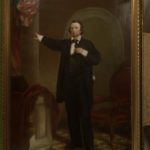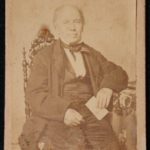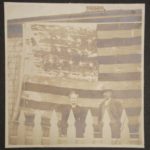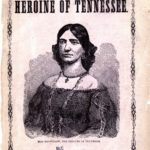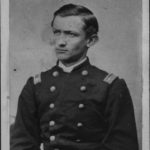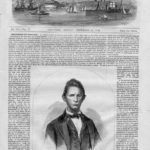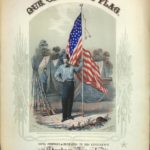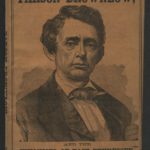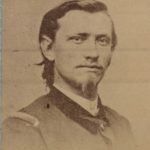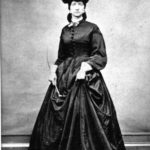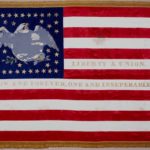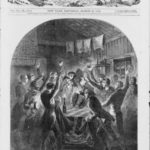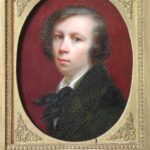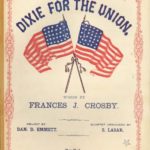Susan Brownlow

T ennesseans at first voted against secession in February 1861. However, a statewide referendum held soon after the commencement of war found Middle and West Tennessee voters, whose living was tied to the southern system of agriculture, which was often dependent upon slavery, in favor of leaving the Union. East Tennessee, which remained loyal, was considered a plum by both sides due to its location, which provided access to the South. Controlled by Confederate forces for most of the war, Knoxville’s resident Unionists found it particularly difficult to show their colors. One such figure was Susan Brownlow Sawyers Boynton (1837-1913), daughter of pro-Union Knoxville Whig newspaper publisher William Gannaway “Parson” Brownlow (1805-1877). While brothers John and James were serving in the Union army, Susan was reputed to have barred Confederate troops from removing the Union flag flying over her home at great personal risk. The incident was reported in Harpers Weekly of December 21, 1861.

Ladies of Philadelphia.
U.S. Flag given to Susan Brownlow by the Ladies of Philadelphia, June 13, 1862 for her courageous defence
of the flag flown over the Brownlow home in Knoxville.
1862-06-13.
East Tennessee Historical Society.
View Object Details
After being ejected from Confederate-held Knoxville in 1862, father and daughter went on tour to promote his forthcoming book, Sketches of the Rise, Progress, and Decline of Secession: with a Narrative of Personal Adventures among the Rebels (1862). Northern audiences responded favorably to the book’s romantic prose and proof of Unionist support in Knoxville. But it was Susan who drew crowds. She was given gifts at a number of stops, including this silk flag presented to her in Philadelphia. In 1863, Major W.D. Reynolds published a novel entitled Miss Martha Brownlow, or The Heroine of Tennessee, using an alias–possibly to protect her identity.
— Celia Walker, Director of Special Projects, Vanderbilt University Libraries
Further Reading
- “Miss Brownlow,” Harper’s Weekly (21 December 1861)
- Richard Miller Devens, “Afraid of the Girl’s Eye,” in The Pictorial Book of Anecdotes and Incidents of the War of the Rebellion, Civil, Military, Naval and Domestic…from the Time of the Memorable Toast of Andrew Jackson…to the Assassination of President Lincoln, and the End of the War (Hartford: Hartford Publishing Company, 1867)
- Robert Tracy McKenzie, Lincolnites and Rebels: A Divided Town in the American Civil War (New York City: Oxford University Press, 2006)
- Digby Gordon Seymour, Divided Loyalties: Fort Sanders and the Civil War in East Tennessee (Knoxville: The East Tennessee Historical Society, 2002)



